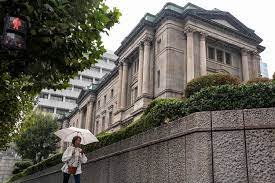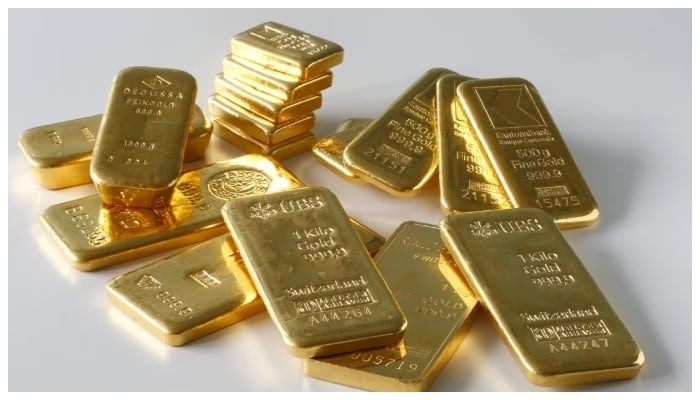The first day of the business week brought positive momentum to Pakistan’s stock market and foreign exchange market, with significant developments shaping investor sentiment. During early trading hours, the Pakistan Stock Exchange (PSX) saw a notable increase of 529 points, pushing the Hundred Index to a new level of 79,862 points. This marked a strong start to the week, driven by positive investor confidence and optimism about market recovery.
On the other hand, the US dollar showed a slight depreciation in the interbank market, as the value of the dollar fell by 16 paise. The greenback’s value decreased from Rs. 278.16 to Rs. 278, indicating a positive trend for the local currency. This modest appreciation of the Pakistani rupee is being closely watched by market analysts, as fluctuations in the value of the dollar directly impact import and export activities, foreign investments, and inflation.
Stock Market Overview
The surge of 529 points in the Pakistan Stock Exchange signals improved market sentiment among investors. Several factors are contributing to this rally, including recent macroeconomic improvements, steps taken by the government to stabilize the economy, and the influence of international market trends.
The increase in the Hundred Index reflects a general sense of optimism across various sectors. Historically, Pakistan’s stock market has been sensitive to political and economic fluctuations. However, Monday’s rise suggests that investors have confidence in the government’s ability to manage the economy amidst ongoing challenges.
This growth in the stock market is also fueled by foreign portfolio investments and local investor interest in high-performing stocks. Financial institutions, technology companies, and energy sectors are among the key drivers of this upward trend.
Impact of the US Dollar Depreciation
At the same time, the slight depreciation of the US dollar in the interbank market comes as a relief for many businesses and consumers in Pakistan. The decrease of 16 paise in the dollar’s value may seem marginal, but it holds significant implications for the economy.
Pakistan relies heavily on imports, especially for raw materials, machinery, and petroleum products, which are priced in dollars. A lower exchange rate means reduced import costs, which can have a positive ripple effect on inflation, allowing for lower prices of goods and services.
Moreover, a stable or appreciating rupee provides much-needed relief to businesses facing rising costs due to a previously stronger dollar. For exporters, however, a lower dollar could mean reduced revenue in local currency terms, as international contracts are typically valued in US dollars.
Reasons for Dollar Depreciation
Several factors have influenced the slight drop in the value of the US dollar against the Pakistani rupee. These include:
Positive Economic Indicators: Recent improvements in the country’s macroeconomic fundamentals, such as higher remittances, better foreign exchange reserves, and strong export performance, have helped stabilize the rupee.
Government Interventions: The government’s efforts to control the exchange rate through monetary policy and interventions in the open market have contributed to the rupee’s appreciation.
IMF Involvement: Pakistan’s engagement with the International Monetary Fund (IMF) has provided stability to the local economy. The commitment to fiscal reforms, including adjustments to monetary policy and government spending, has bolstered investor confidence.
International Market Trends: The US dollar’s global strength fluctuates depending on international factors such as interest rates and geopolitical events. Recently, global markets have experienced some volatility, causing a slight dip in the value of the US dollar against other currencies, including the Pakistani rupee.
Outlook for the Coming Weeks
Market analysts predict that if the current trends continue, both the stock market and currency exchange rates will remain favorable for investors. However, it is important to note that Pakistan’s economy is still navigating through multiple challenges, including inflationary pressures, political uncertainty, and global economic changes.
The stock market could continue its upward trajectory if the government manages to secure more foreign investments and control inflation. On the foreign exchange front, the rupee’s stability will depend on how well the government can manage external debt obligations, trade deficits, and global oil prices, which directly impact Pakistan’s foreign exchange reserves.
The first day of the business week has brought positive news for both the Pakistan Stock Exchange and the Pakistani rupee. With a 529-point increase in the Hundred Index, investors have regained some confidence, while the depreciation of the US dollar by 16 paise signals hope for further economic stability.
Moving forward, it will be crucial for the government and monetary authorities to maintain this momentum, balancing foreign exchange rates while ensuring that the stock market continues to attract both local and international investments.



